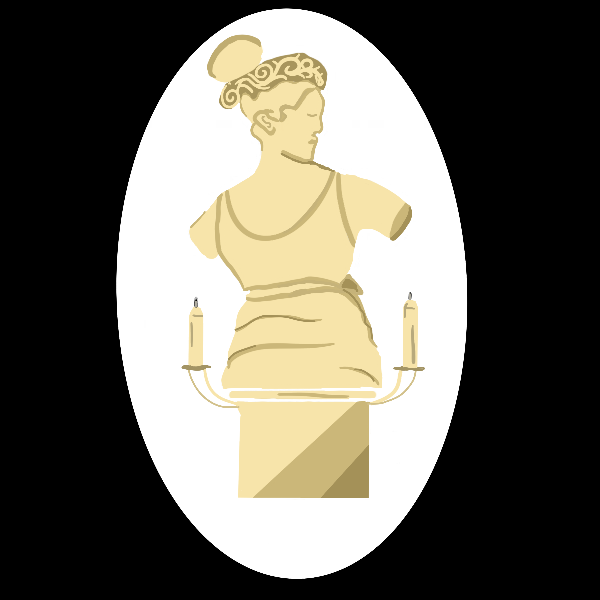LGBTQ+ History Month: Sappho
Her legacy and systematic erasure from the public
October 26, 2021
Even antiquated censorship cannot ignore one of the most prolific and greatly admired poets of the Classical period. Sappho has survived for almost two millennia, having composed close to 10,000 lines of lyric and poetry, and yet only about 650 lines survive. Her words, her emotions, her passions are still with us even now. So why is it that she is so poorly preserved in translation?
According to multiple well-documented rumors, the Catholic Church was not the biggest fan of tender prose about the intimate love between young women. Jordan Cardan, a humanist who wrote around 1550, said that Pope Gregory Nazianzen instigated the public destruction and burning of Sappho’s works in 380: then again in 1073, when Pope Gregory VII had her writings burned from all libraries in both Rome and Constantinople.
Margaret Reynolds, a professor at the Queen Mary University of London, said that “repeated sackings and burnings of [Constantinople] including that by the Crusaders in 1204 destroyed everything collected there, adding fuel to the story of Sappho’s burning.” Margaret Williamson, an associate professor of classics at Dartmouth College, said that Renaissance writers have traced this loss [of Sappho] to deliberate censorship by Christians.
Petrus Alcyonius, an Italian scholar working under the Pope in 1523, attributed that not only Sappho’s works but also those of several other dramatic and lyric poets were burned by Byzantine emperors because they dealt with “the passions, obscenities and follies of lovers.” There are no confirmed recounts of these burnings written down in history but considering the Catholic Church’s authority flourished with censorship, it is not completely unlikely.
Regardless of the methodical removal of Sappho’s poetry, it still lives on to this day and is more relevant than ever. Sappho has strongly influenced modern labels for queer women since the late 19th century. The conversation on modern sexuality did not truly begin until the later years of the Enlightenment, and that’s mostly due to the fact that modern definitions of homosexuality and sexual practice are a very new concept.
Specifically with queer women, these practices were not considered in the same capacity that we think of them now; they did not have the same meanings then, and even more so because the female figure in the Classical era was not a particularly respected individual in society; there was no need to label something the people did not want to think about existing. “The ancients did not imagine that individuals of the two sexes, of all social backgrounds, statuses and origins shared a common life experience in that they were attracted to persons of the same sex, nor did they imagine that they could claim a common ‘identity’” stated Sandra Boehringer, an associate professor of Greek history at the University of Strasbourg, France.
Sappho lived and died in relative uncertainty. It is mostly through Ovid’s intense, and unfortunate, admiration of her poetry that we have as many fragments of her talents as we do. However, LGBTQ+ figures in history will always have a complicated relationship with historians and those who seek to represent them faithfully in modern translation. Perhaps that is why it is so important to continually rediscover these old stories over and over again, and imbue them with life and new perspectives each time.












